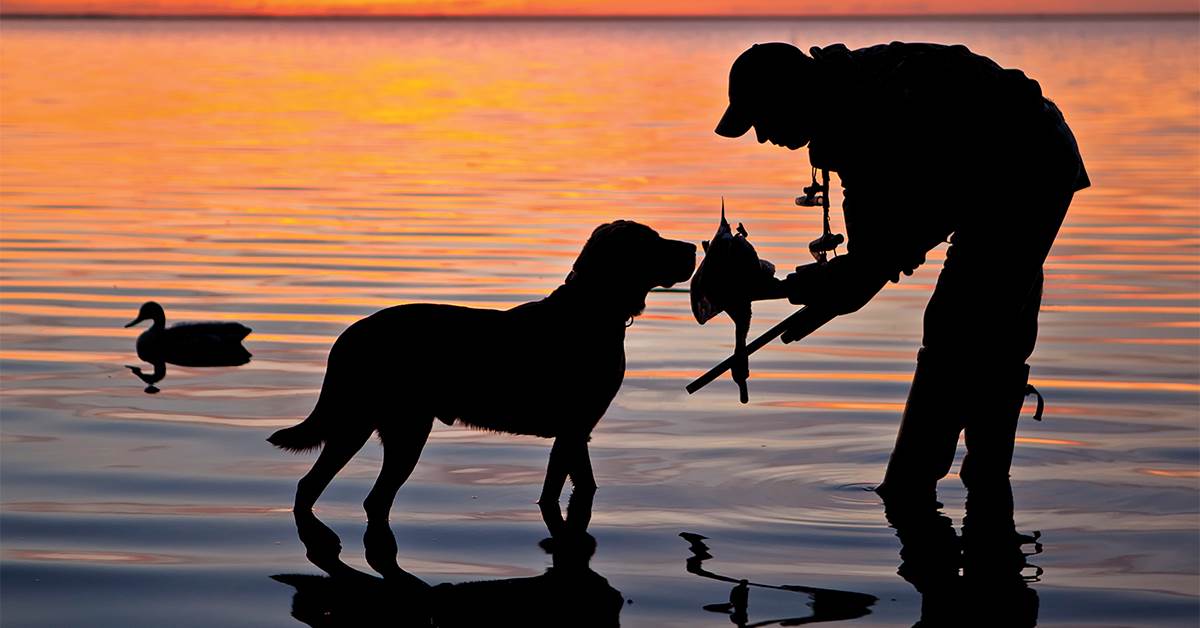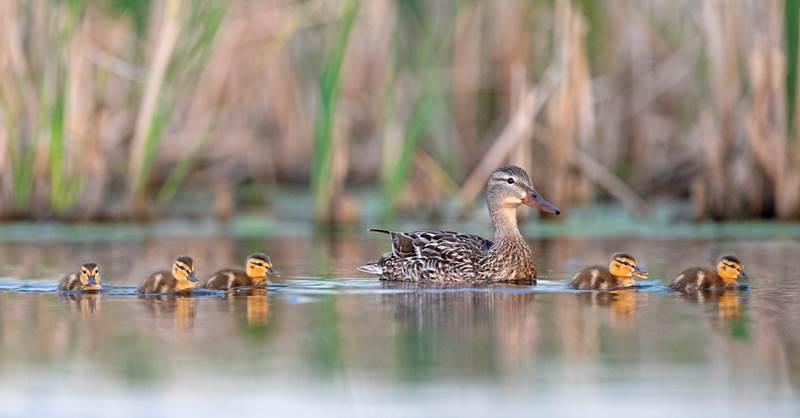Data, Drought, and Duck Seasons
With breeding ground surveys canceled and severe drought developing on the prairies, how did waterfowl managers set this year's hunting regulations?
With breeding ground surveys canceled and severe drought developing on the prairies, how did waterfowl managers set this year's hunting regulations?

By Mike Brasher, PhD
Aside from opening day, the most anticipated event of the year for many duck hunters is the release of the Waterfowl Population Status report issued each year by the US Fish and Wildlife Service (USFWS). This document includes data from the Waterfowl Breeding Population and Habitat Survey (WBPHS), which is among the world's largest and longest-running wildlife surveys. Launched in 1955, the survey is a collaborative effort involving the USFWS, Canadian Wildlife Service, and state and provincial agencies. Data collected during the survey, which is conducted across North America's most important waterfowl breeding areas, are crucial to understanding waterfowl population dynamics and managing harvests of ducks and geese. Unfortunately, the survey was suspended in 2020 for the first time in its 65-year history due to the COVID-19 pandemic.
Waterfowl managers were initially optimistic that the WBPHS would resume in 2021, but those hopes were dashed when the Canadian border remained closed this spring. If the lingering effects of COVID-19 and a second year without survey data were not enough for waterfowl managers to contend with, widespread drought on a scale and severity not seen since the 1980s hit the Prairie Pothole Region of the United States and Canada. Without waterfowl survey data, managers were deprived of much of the information they typically use to monitor the birds' populations and habitats. However, an annual waterfowl survey conducted in North Dakota this spring offered a glimpse of the drought's impact. According to North Dakota Game and Fish, breeding duck numbers in the state decreased 27 percent and pond numbers were down a record 80 percent compared to 2020 estimates.
While the severity of the drought varies in intensity across the Prairie Pothole Region, waterfowl managers can safely assume that duck production was poor this year in this crucial waterfowl breeding area. Fortunately, wetlands in other regions, such as the Boreal Forest of Canada and Alaska, the Great Lakes, and the northeastern United States, were available to support reliable numbers of breeding waterfowl and provide refuge for drought-displaced birds from the prairies.
While many duck populations are likely to decline in the short term, drought is a necessary inconvenience that is required to periodically reset the productivity of prairie wetlands. Past experience shows that once wet weather returns to the pothole country, intact wetland basins will explode with plant and animal life, and duck populations will respond in kind.
Waterfowlers who lived through the last major prairie drought, which lasted from the mid-1980s through the early '90s, will recall that significant declines in duck populations can have a dramatic impact on hunting opportunities both in terms of waterfowl numbers and more restrictive hunting regulations. While fewer ducks will undoubtedly fly south from the prairies this fall, liberal regulatory frameworks will remain in place during the upcoming 2021−22 waterfowl season. Hunters may reasonably ask how that can be possible, given that we are lacking two years of survey data and facing the most severe prairie drought in decades.

Photo © GARYKRAMER.NET
The answer begins in 2015, when the USFWS began developing proposals for hunting season frameworks a year in advance to alleviate time constraints in the regulatory process. Under this protocol, hunting regulations for the 2021–22 season would normally have been selected based on observed waterfowl populations and habitat conditions in 2020. When breeding ground surveys were canceled last year, waterfowl managers turned to the wealth of survey data that had been collected over the previous 65 years as well as long-term banding and harvest data. The USFWS used these historical data sets and statistical models to project breeding duck abundance during the spring of 2020. Similarly, prairie pond numbers were estimated based on cumulative precipitation in prairie Canada during the preceding year. These estimates for waterfowl populations and habitat conditions (measured by the number of May ponds on the prairies) were then incorporated into Adaptive Harvest Management (AHM) models to select the preferred regulatory frameworks for the 2021−22 waterfowl season.
Fortunately, some surveys did resume in 2021, including the North American Breeding Bird Survey, the Alaska portion of the WBPHS, the Atlantic Flyway Breeding Waterfowl Survey, and several state-led surveys. Most of these data were combined with statistical models to project total waterfowl breeding populations and habitat conditions. By the time you receive this issue, the USFWS will have presented its recommendations for the 2022–23 waterfowl seasons to state agencies through their respective Flyway Councils. Discussions and deliberations about recommended harvest regulations are already under way, and we are eagerly anticipating the resumption of waterfowl surveys in 2022.
Discussions and debates about harvest regulations have occurred for decades and will continue as long as waterfowl hunters strike out into the marshes and fields. What is not debatable, however, is that waterfowl harvest management in North America is the most scientifically informed regulatory process of its kind. The modern AHM system offers a structured, data-driven process for selecting hunting regulations that provide harvest opportunities without threatening waterfowl populations. Importantly, AHM acknowledges uncertainties about waterfowl population dynamics and variation in habitat conditions, while seeking to improve our understanding of how populations respond to harvest.
Ducks Unlimited thanks the women and men who have dedicated their careers to ensuring that hunters have ample opportunities to pursue our passion while safeguarding healthy waterfowl populations for everyone to enjoy now and in the future. In these especially challenging times, the work undertaken by federal and state waterfowl managers and their devotion to scientifically informed decisions are more important and appreciated than ever.
Waterfowl Scientist Dr. Mike Brasher is based at DU national headquarters in Memphis.
Ducks Unlimited uses cookies to enhance your browsing experience, optimize site functionality, analyze traffic, and deliver personalized advertising through third parties. By continuing to use this site, you agree to our use of cookies. View Privacy Policy